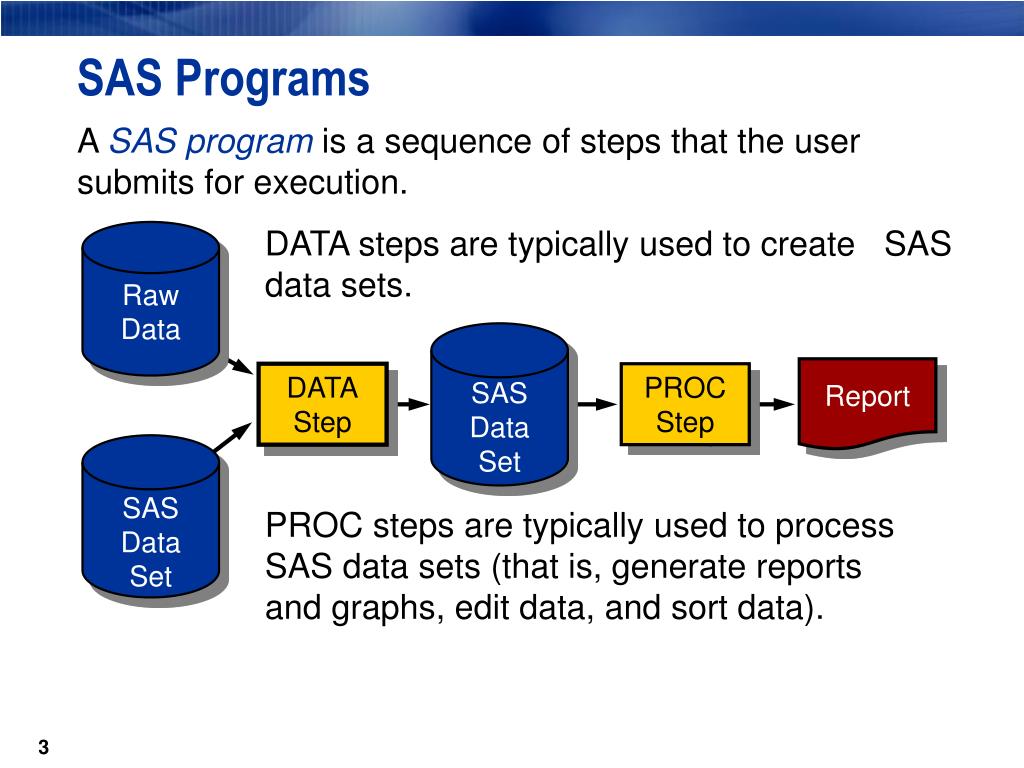

However, ongoing connections created based on such tokens will continue to work until the token expires. If you regenerate or change a key in the policy, all previously issued tokens based on that key become instantly invalid. You can use either of the generated keys, and you can regenerate them at any time. Don't lose them or leak them - they'll always be available in the Azure portal. These keys are cryptographically strong keys. If your application needs to grant access to Service Bus based on user or service identities, it should implement a security token service that issues SAS tokens after an authentication and access check.Īn authorization rule is assigned a Primary Key and a Secondary Key. This limit underlines that the SAS policy store isn't intended to be a user or service account store. This limit is per entity, meaning the namespace and each entity can have up to 12 Shared Access Authorization rules. The 'Manage' right includes the 'Send' and 'Receive' rights.Ī namespace or entity policy can hold up to 12 Shared Access Authorization rules, providing room for three sets of rules, each covering the basic rights and the combination of Send and Listen. 'Manage' - Confers the right to manage the topology of the namespace, including creating and deleting entities.'Listen' - Confers the right to receive (queue, subscriptions) and all related message handling.'Send' - Confers the right to send messages to the entity.

For a Service Bus namespace, the scope is the fully qualified namespace, such as The rights conferred by the policy rule can be a combination of: The scope is easy enough: it's the URI of the resource in question. The name is just that a unique name within that scope. The policy at the namespace level applies to all entities inside the namespace, irrespective of their individual policy configuration.įor each authorization policy rule, you decide on three pieces of information: name, scope, and rights.

Shared Access Authorization PoliciesĮach Service Bus namespace and each Service Bus entity has a Shared Access Authorization policy made up of rules. The Shared Access Signature token contains the name of the chosen authorization policy, the URI of the resource that shall be accessed, an expiry instant, and an HMAC-SHA256 cryptographic signature computed over these fields using either the primary or the secondary cryptographic key of the chosen authorization rule. These keys are plain text strings using a Base64 representation, and must not be decoded before they are used. You can configure rules at the namespace level, on Service Bus queues and topics. The keys are 256-bit values in Base64 representation. SAS authentication in Service Bus is configured with named Shared Access Authorization Policies having associated access rights, and a pair of primary and secondary cryptographic keys. SAS can also be used similar to a federated security model, where the client receives a time-limited and signed access token from a security token service without ever coming into possession of the signing key.
SAS RAW DATA SET TO PRACTISE PASSWORD
SAS can be used similar to a username and password scheme where the client is in immediate possession of an authorization rule name and a matching key. Keys are used to cryptographically sign information that can later be verified by the service. Using SAS, keys are never passed on the wire. Shared Access Signatures are a claims-based authorization mechanism using simple tokens. For step-by-step instructions, see Disable local authentication. You can disable local or SAS key authentication for a Service Bus namespace and allow only Azure AD authentication.
SAS RAW DATA SET TO PRACTISE CODE
With Azure AD, there is no need to store the tokens in your code and risk potential security vulnerabilities. Authorizing users or applications using OAuth 2.0 token returned by Azure AD provides superior security and ease of use over shared access signatures (SAS). Azure Service Bus supports authorizing access to a Service Bus namespace and its entities using Azure Active Directory (Azure AD).


 0 kommentar(er)
0 kommentar(er)
